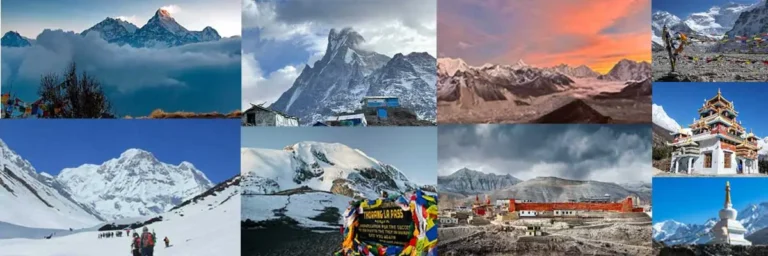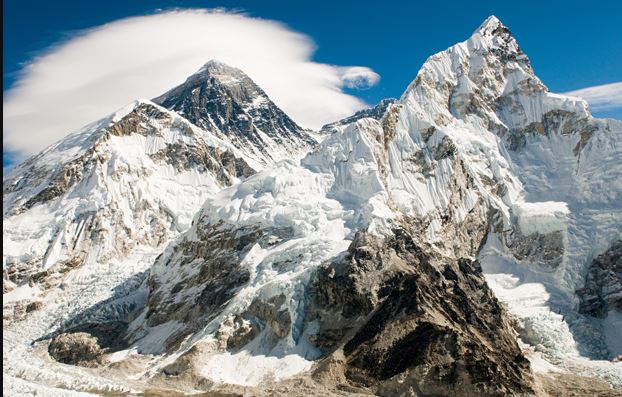
Introduction to How Long Does It Take to Climb Mount Everest
Mount Everest is called “Sagarmatha” in Nepal and “Chomolungma” in Tibet. It is a major attraction for adventurers worldwide. Its tallest height not only sends out incredible views but also presents great challenges for those who dare to climb it. The attraction of Everest lies in its beautiful natural beauty. Additionally the test of endurance it poses, draws people from all corners of the earth. These people seek out both adventure and a personal sense of accomplishment while conquering this massive mountain.
Understanding the Everest expedition duration is a very important step for climbers trying to succeed in their ascent. The complexity of high-altitude climbing calls out for very careful planning and time management to tackle the multiple phases of the journey.
In this article on how long does it take to climb Mount Everest, you will discover:
- A breakdown of the total duration required for a successful climb.
- Insights into each phase of the expedition, emphasizing on the preparation and acclimatization.
- Practical tips to enhance your climbing experience and ensure safety at high altitudes.
As the 2026 climbing season approaches, being informed about various aspects of Everest expeditions will provide you with the knowledge needed to begin on this life-changing adventure.
Understanding these key factors helps those climbers who have set one’s heart on preparing adequately for one of nature’s greatest challenges.
Table of Contents
Understanding the Expedition Timeline
Climbing Mount Everest is a very challenging task. It requires very careful planning and execution. To understand the answer on how long does it take to climb Mount Everest you need to understand the timeline too. The Mount Everest timeline is usually divided into several important phases. Each of the phases plays an important role in the climbers’ success and his/her safety too.
Breakdown of the Total Duration to understand how long does it take to climb Mount Everest
- Total Duration: Climbing Everest in general takes about between 2 to 3 months. This includes preparation, trekking, acclimatization, climbing, and descent.
Importance of Each Phase
- Preparation and Trekking to Base Camp:
Takes approximately 10 days.
Essential for acclimatization and physical readiness.
- Acclimatization at Base Camp:
Spans several weeks.
Important for adapting to high altitudes, preventing altitude sickness.
- Climbing Period:
Lasts around 26 days or more. It involves multiple camps.
Final summit attempt occurs during this phase.
- Return Journey:
Descent takes about four to six days.
Focus on safety as climbers direct back to base camp.
Understanding these expedition phases shall help climbers to prepare effectively for the challenges ahead in the mountains. This will help climbers maximize their chances of success on this amazing tallest peak.

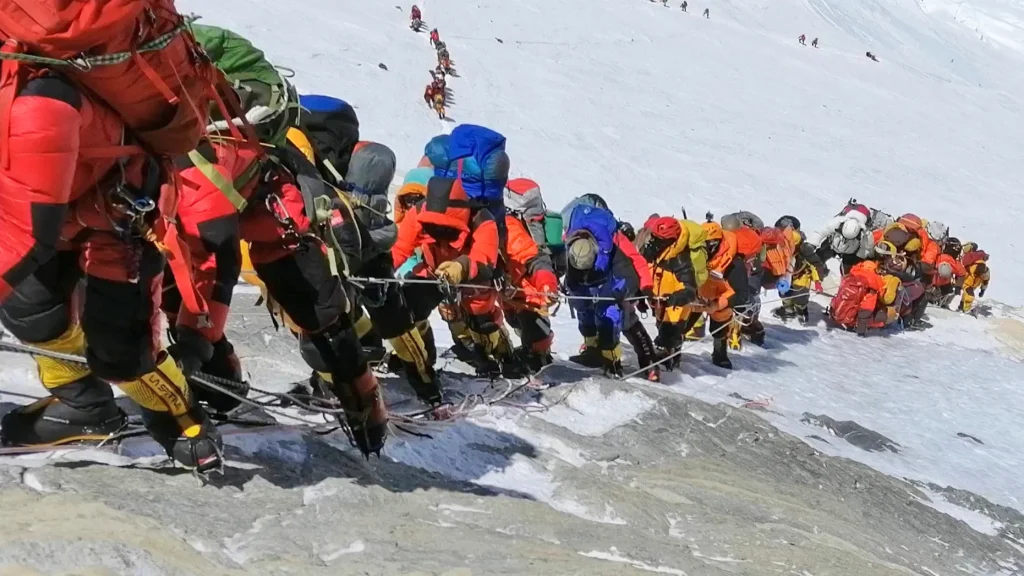
Preparation Phase
Physical Training and Conditioning (6-12 Months)
Preparing for an Everest expedition needs intense physical training. Climbers must develop strength, endurance, and cardiovascular fitness.
Training should include:
- Aerobic Exercises: Running, cycling, and swimming to build cardiovascular strength.
- Strength Training: Focus on core, leg, and upper body strength through weightlifting, squats, and lunges.
- Altitude Training: Simulating high-altitude conditions to acclimatize the body to low oxygen levels.
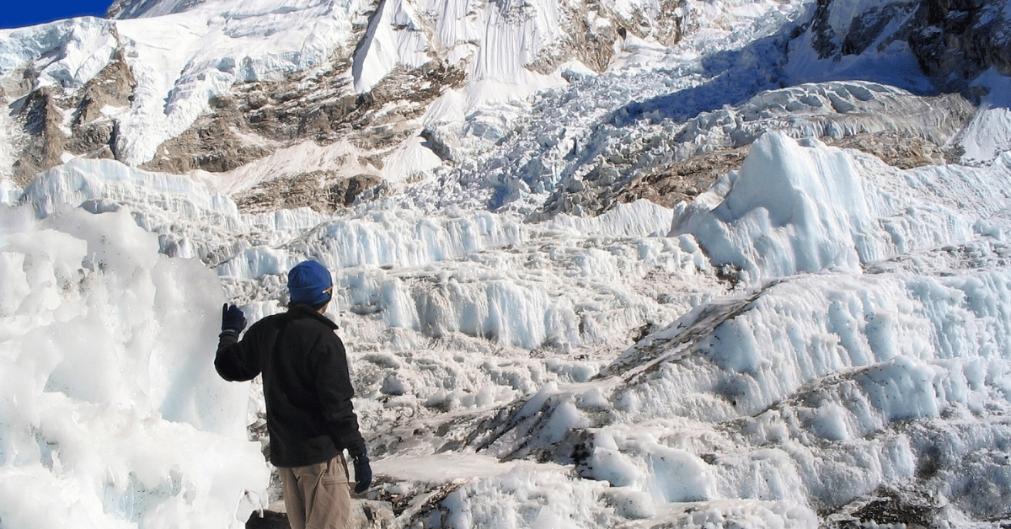
Skill Development (3-6 Months)
To know how long does it take to climb Mount Everest, we ought to know the skill level of climbers too. Climbing Mount Everest demands proficiency in various mountaineering skills:
- Ice Climbing: Techniques for ascending ice walls and using ice axes.
- Rope Handling: Knot tying, belaying, and rappelling.
- Crevasse Rescue: Essential for navigating glacier land safely.
Acquiring Permits and Gear (3-6 Months)
Obtaining the required permits as well as collecting the essential gear is another important step in preparing for the journey. This preparation phase is about being thorough and thoughtful, setting yourself up for a successful adventure.
- Permits: Obtain climbing permits from the Nepalese government. This process can be lengthy and requires careful planning.
- Gear: High-quality gear is inevitable for survival. Key items include insulated clothing, mountaineering boots, crampons, tents, sleeping bags, and oxygen systems.
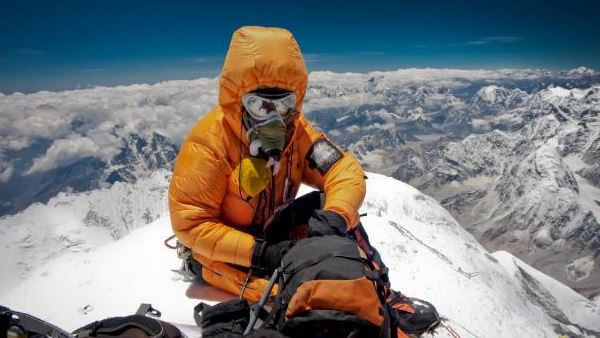
The Journey to Climb Mount Everest
Travel to Nepal and Acclimatization (2-3 Weeks)
Journey to Kathmandu (1-2 Days)
The journey begins with a flight to Kathmandu, the capital of Nepal. Here, climbers finalize their permits, check gear, and meet with their expedition team.
Phase 1: Preparation and Trekking to Base Camp
The journey begins with the trekking to base camp. It is an important phase that lasts approximately 10 days. Starting from Lukla, climbers will begin on the Everest Base Camp Trek. This trek plays a necessary role in the acclimatization process.
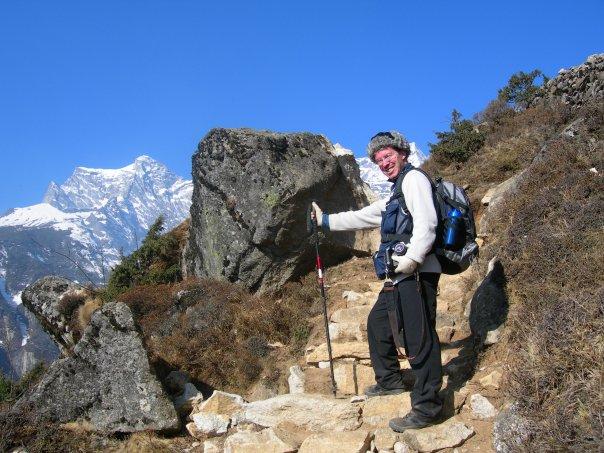
Importance of Acclimatization
To understand the answer to how long does it take to climb Mount Everest, you need to count in acclimatization days too. This is actually very important one while going for the climb. Acclimatization is very needed for minimizing the risks of high-altitude climbing. As climbers ascend, it is very important that they allow their bodies to adjust to lower oxygen levels. This adjustment time helps climbers from altitude sickness, which can be life-threatening if it is not managed properly.
Tips for Successfully Completing the Trek
- Take Time: Take your time during the trek. Rushing can lead to exhaustion and altitude-related issues. So, never rush!
- Stay Hydrated: Drink plenty of water. Dehydration can worsen altitude sickness.
- Listen to Your Body: Pay attention to any signs of discomfort and descend if necessary.
This introductory phase lays the foundation for the challenges ahead in climbing Mount Everest. It prepares climbers for the journey, setting them on a path to reach the summit successfully. By focusing on the essentials, this stage shall make sure that climbers are well-equipped. And also mentally prepare for the great adventure ahead.
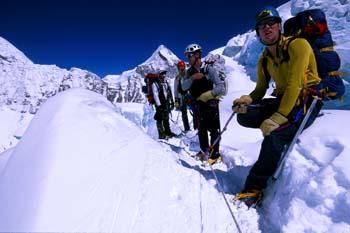
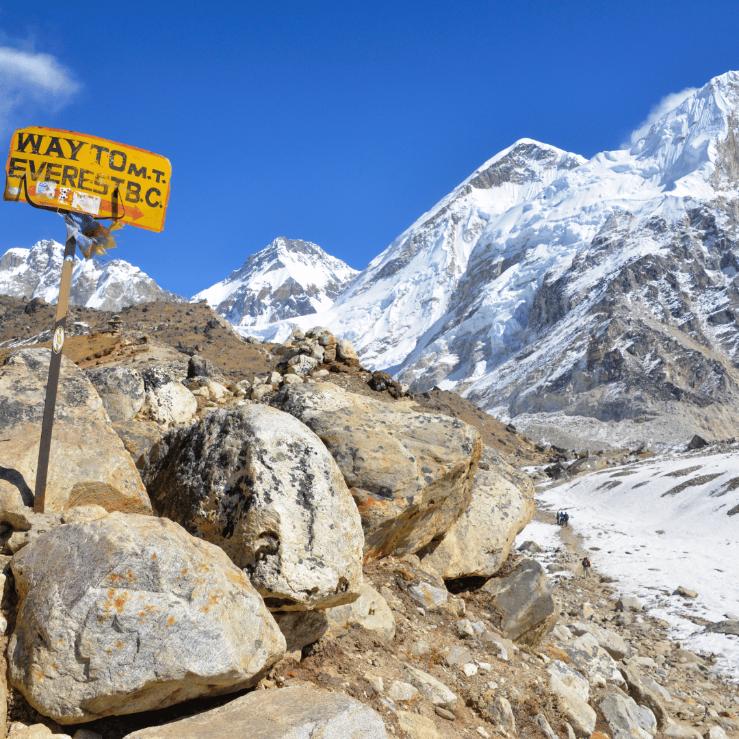
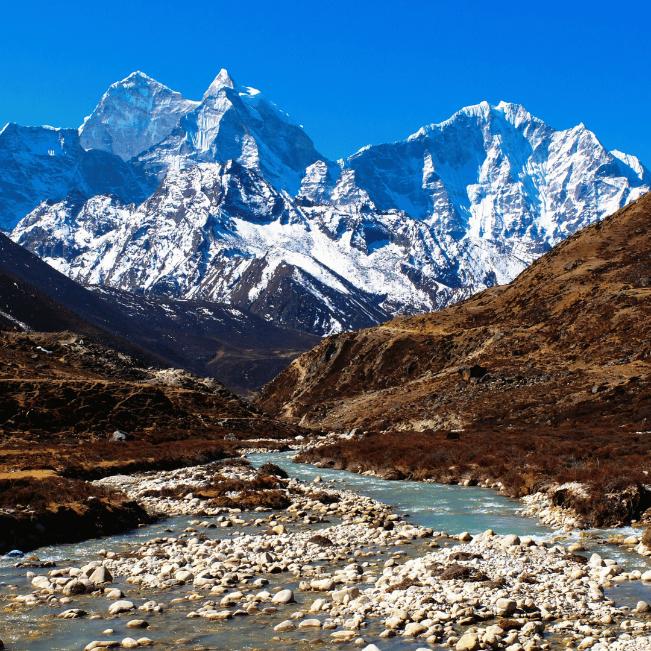
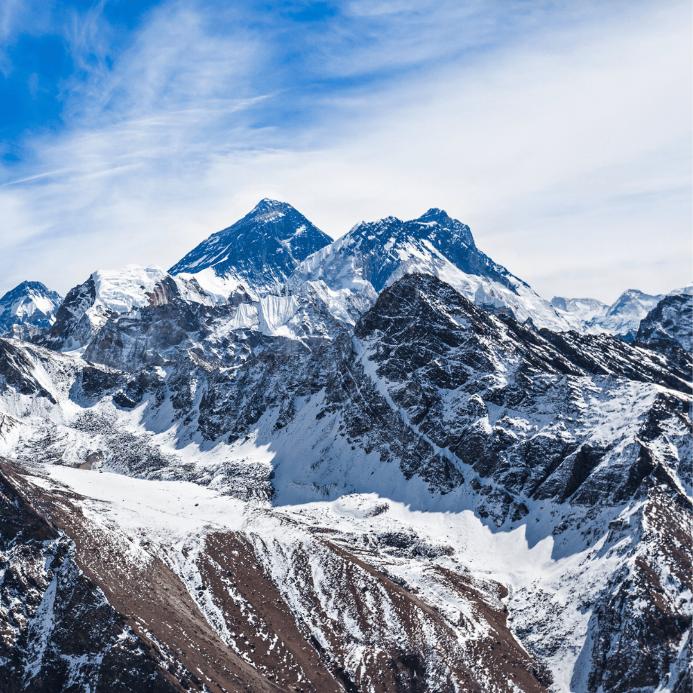
Phase 2: Acclimatization at Base Camp
Acclimatizing at Everest Base Camp is a major stage in the journey to the summit. Climbers commonly spend several weeks here to get used to the high altitude.
This period is vitally important when it comes to also knowing about how long does it take to climb Mount Everest. This phase is crucial to reduce the dangers related with altitude sickness. Adjusting slowly to the thinner air at this height helps the body cope better. This shall also increase the chances of a successful and safe ascent.
Strategies for Effective Acclimatization
- Gradual Ascent: Following a slow ascent shall help the body to adapt more effectively to altitude changes.
- Hydration and Nutrition: Staying well-hydrated and consuming a balanced diet rich in carbohydrates shall support energy levels and overall health.
- Monitoring Symptoms: It is crucial for climbers to be aware of altitude sickness symptoms such as headaches, nausea, or dizziness. Immediate descent is necessary if severe symptoms arise.
These strategies will make sure of a more secure ascent. By prioritizing safety and careful planning, we establish a strong foundation for a successful journey ahead towards Mount Everest.
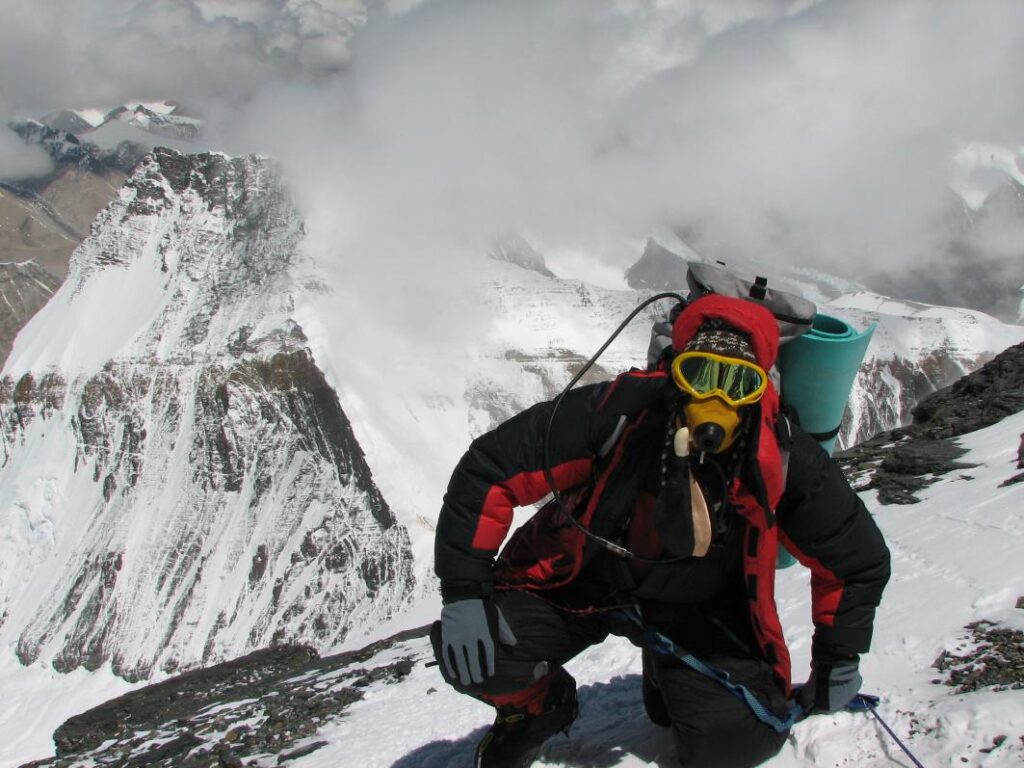
Phase 3: The Climbing Period
Now, to answer on the question on how long does it take to climb Mount Everest, the core climbing period to Mount Everest is approximately 26 days. It involves careful and planned movements through a series of established camps. This phase will demand both physical endurance and mental resilience to the highest level. The journey shall demand a very thoughtful preparation and coordination.
Moving Through Established Camps
Climbers progress through 4 main camps:
- Camp 1 (6,065 meters): The first major camp, reached by crossing the Khumbu Icefall.
- Camp 2 (6,400 meters): Located in the Western Cwm, a valley of glacial ice.
- Camp 3 (7,162 meters): Situated on the Lhotse Face, a steep ice wall.
- Camp 4 (7,920 meters): The final camp before the summit push, located in the South Col.
Each camp will act out as a rest point for further acclimatization. The ascent between these camps requires very careful planning, a great physical stamina, and much attention to safety protocols.

The Final Summit Attempt
Now, to the final on understating how long does it take to climb Mount Everest. The final summit push is usually scheduled for a very specific window based on weather conditions. This attempt usually lasts about one week, during which climbers ascend from Camp IV to the summit and back down.
Key considerations during this phase include:
Successfully navigating this very very critical period can make or break the Everest expedition. Climbers need to stay laser-focused and tough, as they face one of the most demanding climbs on the planet. It is a test of both physical and mental endurance to the highest level. It is where every decision counts, and resilience is key to reaching the summit.
Phase 4: The Return Journey
The return journey from the summit of Mount Everest to base camp is another important part of the expedition. This usually takes about 4 to 6 days. During this descent, climbers must plan very carefully and prioritize safety at its most. Remember that the challenges don’t end once they have reached the top. Even after achieving their goal, it is very essential to stay alert and cautious to make sure of a very safe return.
Safety Considerations
- Fatigue levels may be extremely high after the summit push. It can make climbers susceptible to accidents.
- Hazards such as avalanches and crevasses are prevalent. It is very important to necessitate cautious movement. It is important to constantly assess surroundings.
Descent Strategy
- Climbers often follow a similar route back down, retracing their steps through established camps.
- Maintaining hydration and nutrition is again very important during this period to aid recovery.
“Each step taken during the descent carries memories of challenges faced and triumphs achieved.”
The journey back is a really valuable time for climbers to reflect on their entire adventure. As they gradually descend, they start to feel a deeper sense of pride in what they have achieved. Each step closer to base camp brings a mix of satisfaction and eagerness to finish the expedition. This period helps them to fully take in the total magnitude of their achievement while carefully making their way back to base camp.
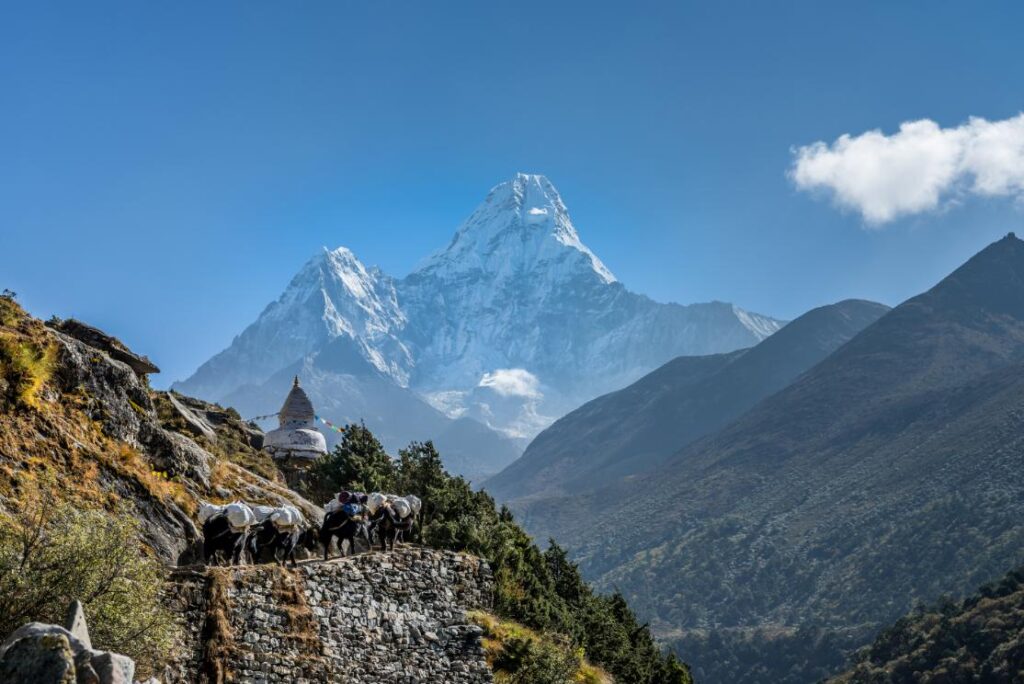
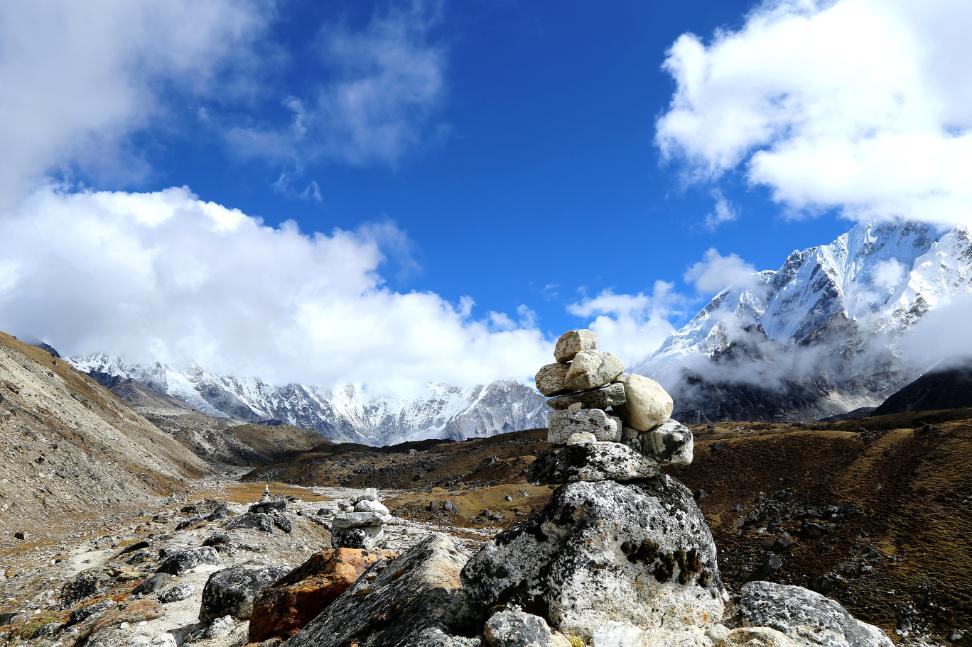
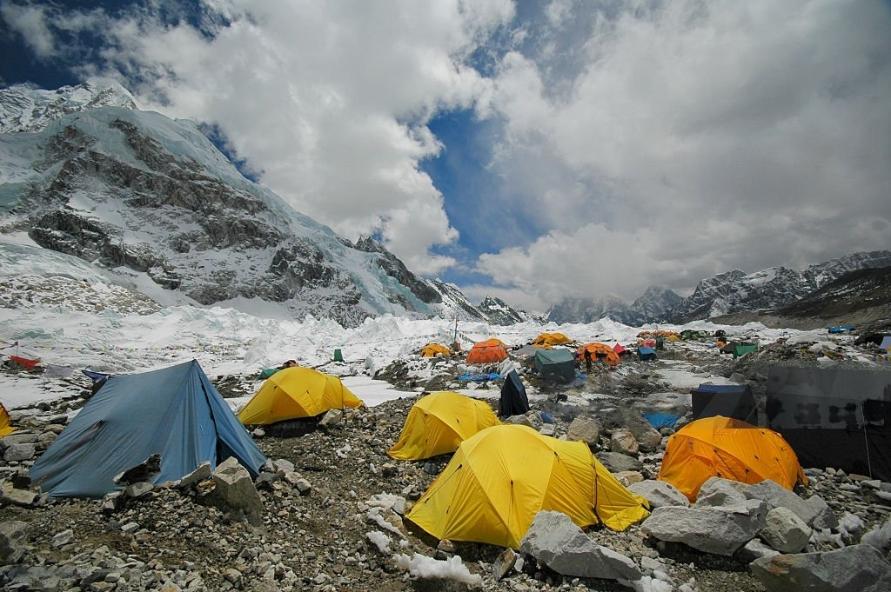
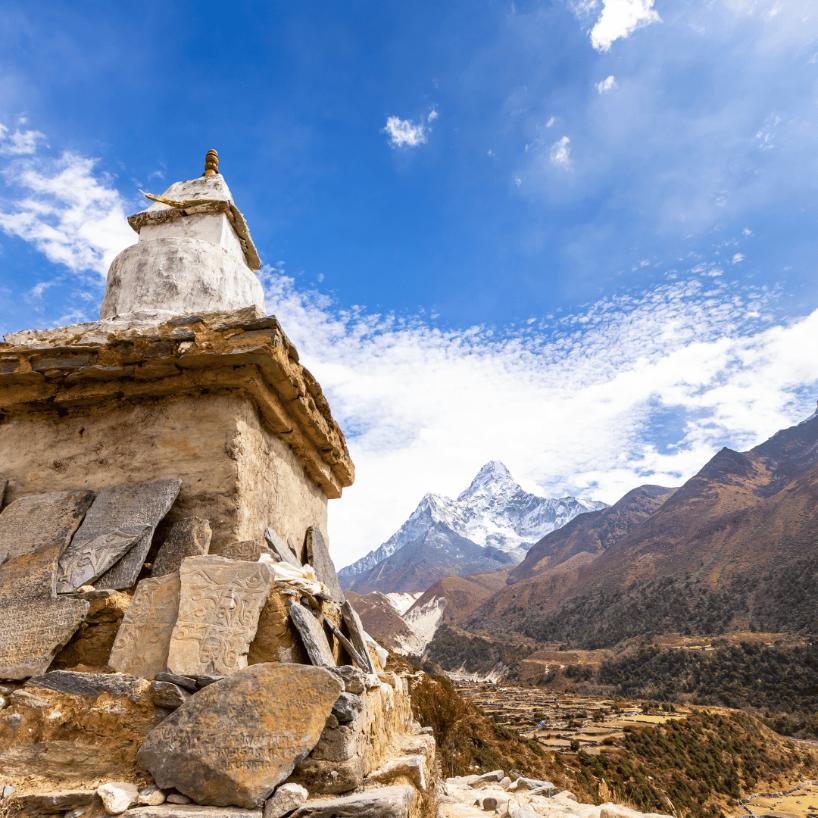
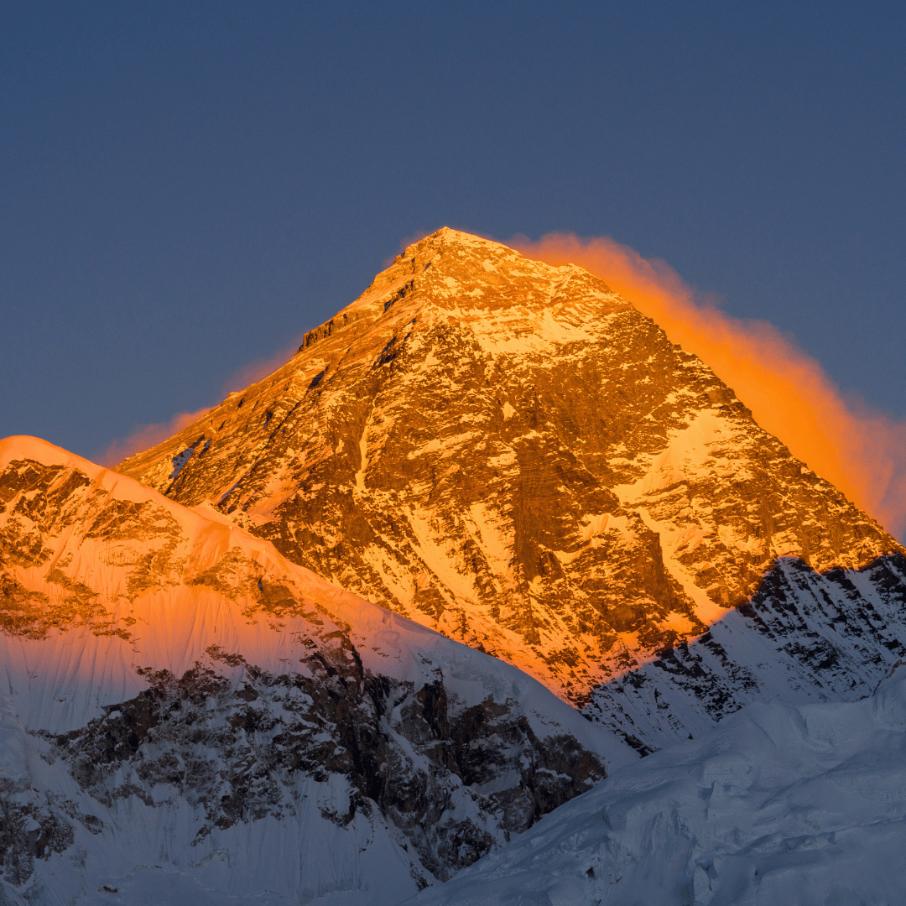
Return to Kathmandu and Departure (3-5 Days)
Back in Kathmandu day it is. Climbers get full rest. They get to celebrate, and recover of course from such hardships. They also handle any administrative tasks and gear debriefing before flying back to their home.
Factors Influencing Expedition Duration
Climbing Mount Everest is actually greatly affected by various external factors that can determine how long the expedition will take.
Here are the key factors that play a major role at influencing expedition duration:
1. Weather Conditions
Weather conditions have a great impact on climbing timelines and decisions. Sudden storms or strong winds can delay or even halt climbs. This makes it challenging in the mountains. Climbers depend heavily on weather forecasts to decide the best times to attempt the summit, as conditions can change real quick in here. These unpredictable weather patterns make the climb more difficult. Therefore it requires a very careful planning and adaptability.
2. Individual Expedition Plans
Each climbing expedition is unique, with its own goals, objectives, team dynamics, and varying levels of experience among participants. While some groups might choose to be heading faster with more challenging schedules, others on the other hand might prioritize safety and proper acclimatization (which we definitely recommend) to ensure a smoother ascent. These differences in approach can remarkably influence how climbers tackle crucial stages of the climb.
3. Climbing Season
The main climbing season for Mount Everest is between April and June. During this time, weather patterns are usually more favorable. This gives climbers better chances of reaching the summit successfully. However, there is still unpredictability present in here. Even during this period, conditions can change very rapidly. This can adversely affect how long expeditions take.
Understanding these factors is very important for anyone thinking about climbing Everest. These factors can significantly influence the overall experience and success rate of reaching the summit which can be a dream to many.
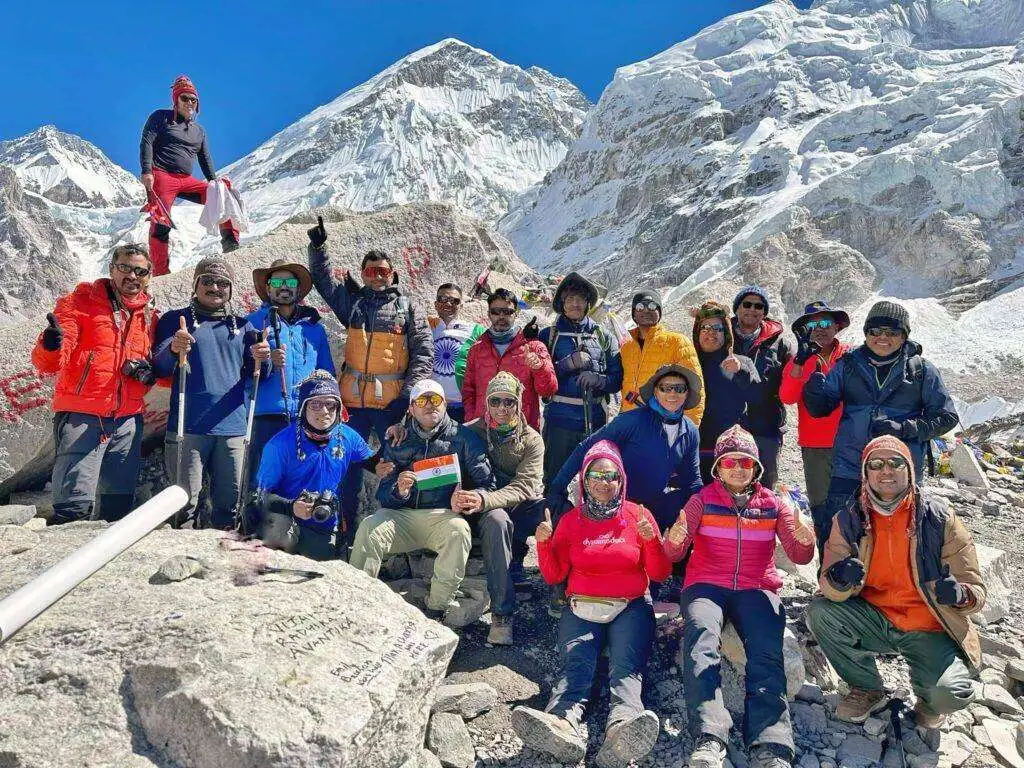
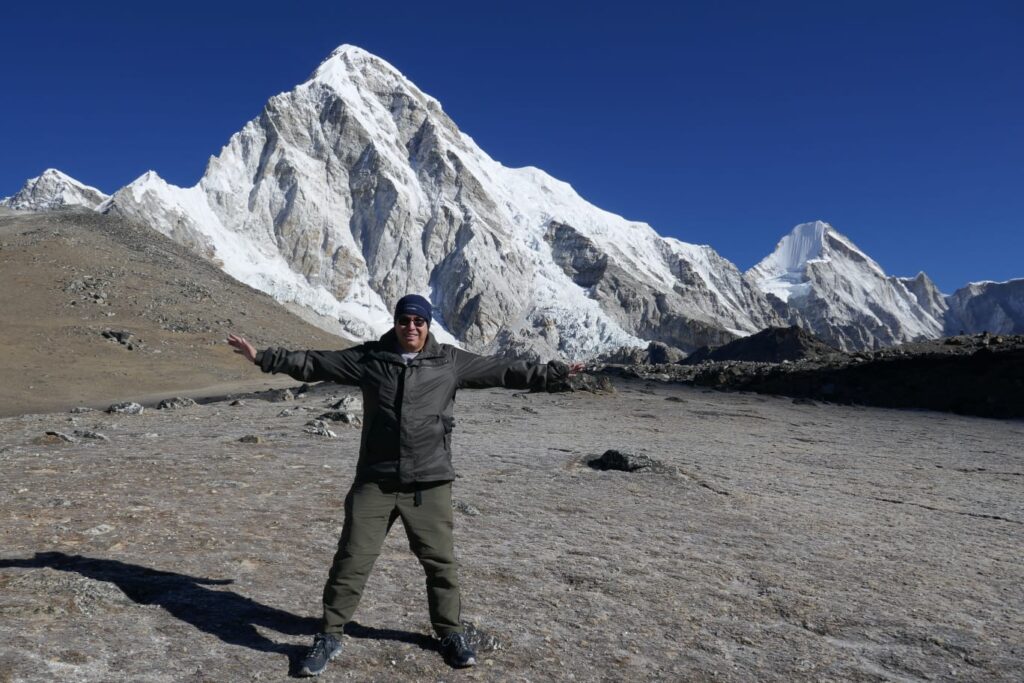
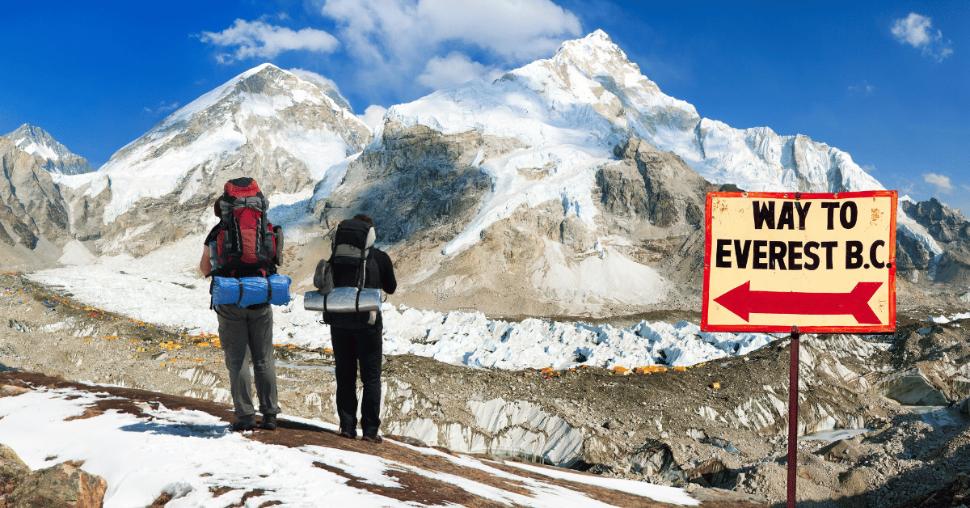
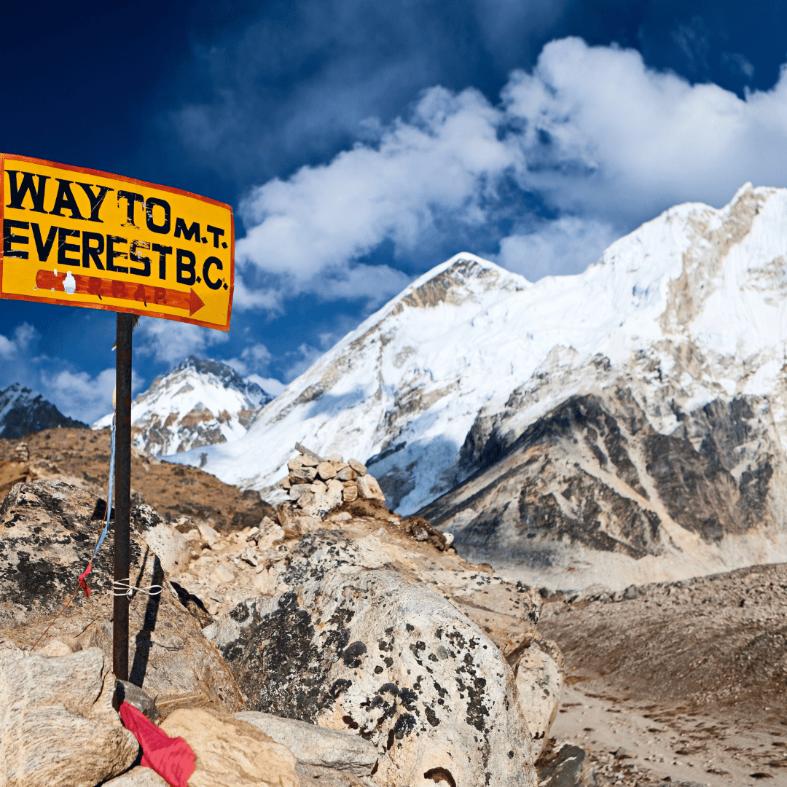
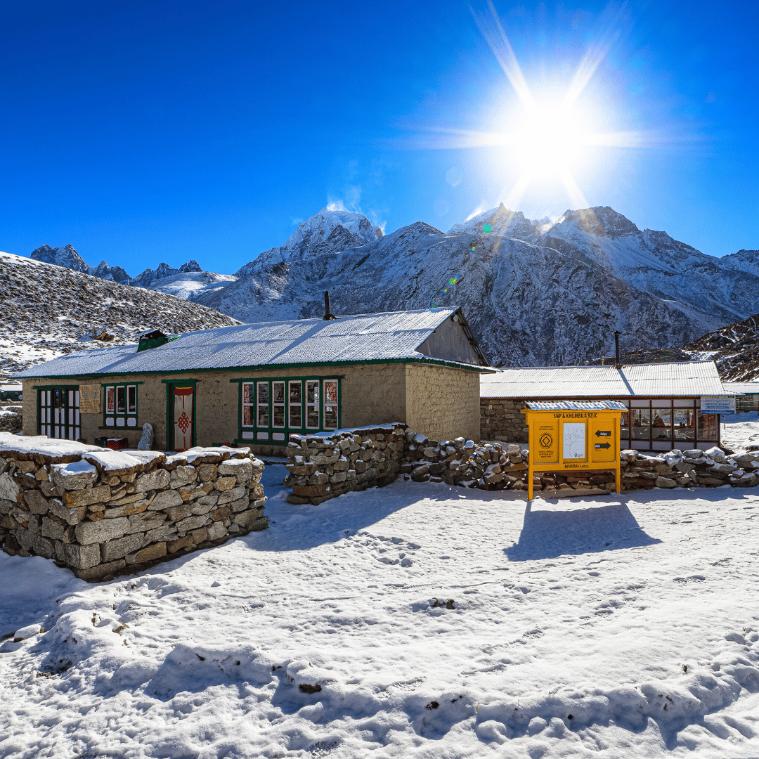
Conclusion
Climbing Mount Everest requires a serious investment of time and effort. Therefore, to answer the question on how long does it take to climb Mount Everest, on average, successful expeditions can take anywhere from six to nine weeks. This time frame includes several important stages:
- Preparation and Trekking to Base Camp: Approximately 10 days are needed for the trek from Lukla, allowing climbers to acclimatize.
- Acclimatization: This phase can extend several weeks. It is important to prepare the body for high altitudes.
- Climbing Period: The ascent takes about 26 days. It included the final summit attempt lasting around one week.
- Return Journey: Descent typically requires an additional 4 to 6 days.
Preparation and acclimatization are therefore very important in making sure about the safety and success on this challenging journey. Climbers should highly prioritize these things when planning for their Everest climb.
FAQ: Climbing Mount Everest
You may also like:
Send an Enquiry
Error: Contact form not found.
© 2025 - Himalayan Trekking and Tours (P) Ltd. All Rights Reserved.




